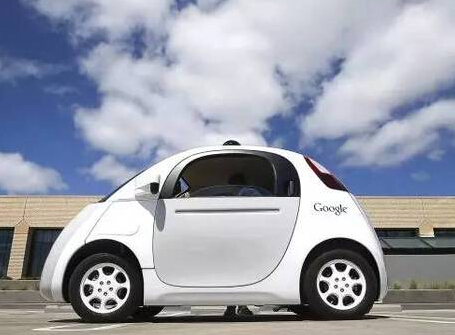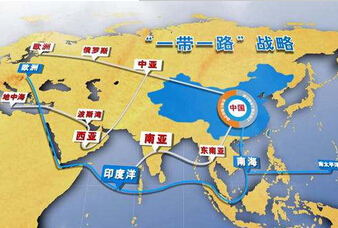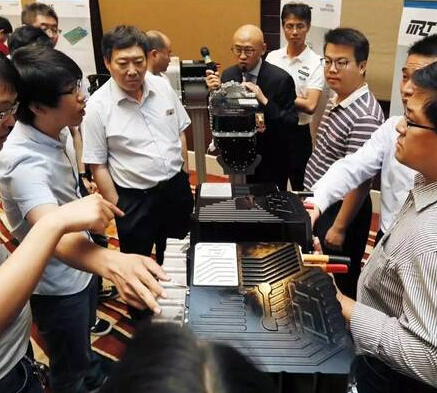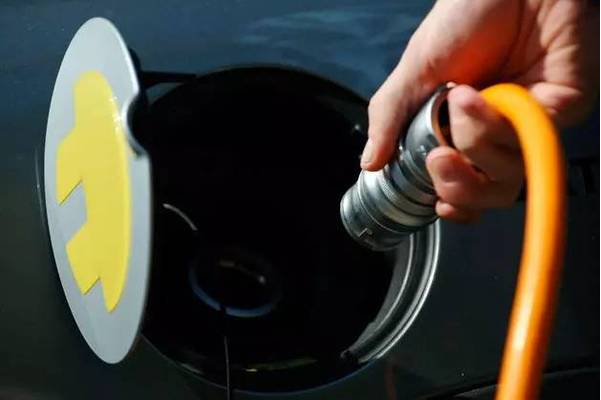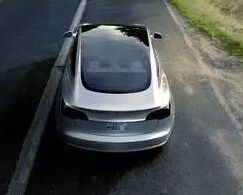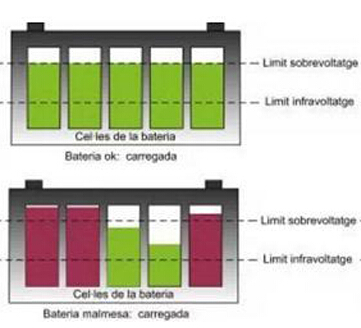We usually like to refer to "battery, electric drive, and electric control" as the "three-electric" system of new energy vehicles. Through the "full cooperation" between the three, we finally let an electric car run and become a unit. A pure electric vehicle that implements the mobility function. In a simple sense, the so-called "three powers" are nothing more than motors, batteries, and electronic control systems that allow the two to "peacefully".
In order to let everyone know more about the characteristics and the relationship between the three, the chief traveler will in-depth analysis of the electric vehicle "three electricity" system in the form of illustrator serialization to help everyone to be the most straightforward The white way to understand the most essential principles of electric vehicles in the new energy era.
This first class will take you first to understand, one of the core hardware of electric vehicles - the battery.
What are the "secrets" about batteries?
There are two kinds of electric vehicle batteries known at the present stage, which are classified into a ternary lithium battery and a lithium iron phosphate battery according to the difference of the positive electrode materials. The former is the most mainstream battery type at present, and the lithium iron phosphate battery is the "iron battery" that once made BYD famous in the world. However, the activity of lithium iron phosphate battery is poor, resulting in low energy density and unable to provide longer endurance, so it gradually fades out of sight.
At present, the mainstream ternary lithium battery has the advantages of high battery activity and higher energy density, so the new energy models basically use ternary lithium batteries as energy storage mechanisms. The ternary lithium battery is also divided into two categories, one is the MCM (nickel-cobalt-manganese) ternary lithium battery used by most car manufacturers, and the other is the NCA (nickel-cobalt-aluminum) three used by Tesla. Yuan lithium battery.
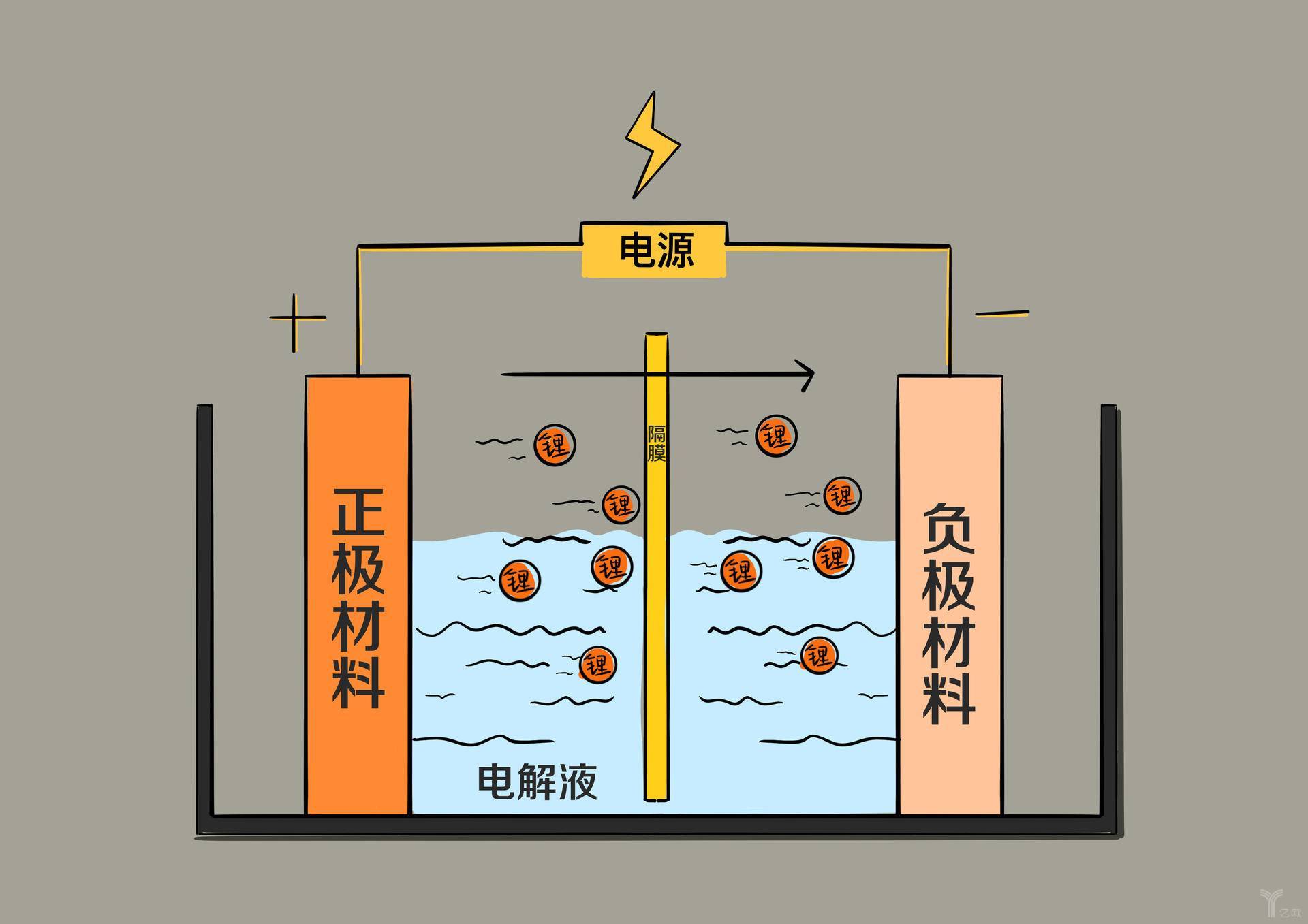
Battery charge status diagram)
No matter what kind of lithium battery, its structure is similar. Both consist of a positive electrode, a negative electrode, a separator and an electrolyte. The lithium battery is charged by the positive electrode to generate charged lithium ions (equal amount), and is separated from the positive electrode, "swim" the electrolyte and the diaphragm to the negative electrode, embedded in the negative electrode material. The discharge process is the opposite, and lithium ions are “sliding” from the negative electrode to the positive electrode. Simply put, the charging and discharging process of a lithium battery is achieved by "pulsing" lithium ions back and forth between the positive and negative electrodes.

(Battery charging and discharging principle diagram)
It is the current that pushes lithium ions back and forth. So we can simply understand the fast charge as a high-power thruster behind the lithium ion, quickly and forcibly push the lithium ion to "snap" to the negative pole from the positive pole, and the slow charge is a small power thruster, with a slow lithium ion "Swim" from the positive pole to the negative pole.

(Lithium dendrite growth process)
Then why does fast charge have a certain impact on the battery? Very simple, many lithium ions with high-power thrusters "crazy to the negative pole" from the positive pole, and until the negative pole has not landed (embedded in the negative pole), another lithium ion behind it also rushed over, two lithium ions hit Together with "crashing" loses activity. As a result, the battery loses a lithium ion. In the long run, the "dead" lithium ions will accumulate together to form lithium dendrites. Many battery deflagrations occur mostly because lithium dendrites are too long to pierce the diaphragm and cause internal short circuits in the battery.

(Battery internal resistance increases)
In addition, let's extend it. Why is the battery life of the electric car shrinking drastically in the case of low temperature in winter? As mentioned earlier, the discharge process of the battery is that lithium ions are deintercalated from the negative electrode and electrolyzed "liquid back" to the positive electrode. At low temperatures, the electrolyte becomes "sticky" or even "icing." This means that the process of lithium ions "swapping back" from the negative electrode becomes more difficult, requiring a more powerful propeller to push the lithium ions, which is an increase in the internal resistance of the battery.
Therefore, at low temperatures, the battery itself needs to consume more power, which in turn leads to a reduction in the power to drive the vehicle. This is the reason why the battery life of the winter electric vehicle has shrunk dramatically.
Three "poses" of the battery
Before we understand the battery cells, we must first know that the "battery pack" and "power battery pack" that we often say are not a single battery body, but a number of batteries (single cells), conductive rows, sampling units and Some of the necessary structural support components are integrated into a single module to be called a "battery pack" or "power battery pack." The battery cells (single cells) are also different in form, mainly divided into three types: square hard shell batteries, cylindrical batteries and soft pack batteries.
Most of the new energy car companies love to use: square hard shell battery
The square hard-shell battery can be said to be the most widely used battery form. At present, in addition to Tesla, more than 90% of new energy vehicles use this battery form. The domestic mainstream battery suppliers represented by the Ningde era also use square hard-shell batteries as their main research and development products. This is one of the advantages of a square hard-shell battery: there are enough suppliers. For car companies, this also means that the cost of purchasing batteries can be effectively reduced.

( Square hard shell battery PACK group)
In addition, the square hard-shell battery itself has a higher space utilization, so the battery cell volume and capacity are also significantly better than other battery forms, and the battery energy density can also be made higher. Taking the NCM811 battery of Ningde era as an example, the current energy density of the battery pack exceeds 180Wh/kg after PACK can be achieved. Simultaneously. The larger monomer volume and capacity means a reduction in the number of PACKs after grouping, which also means a reduction in the BMS battery management system requirements.
However, the disadvantage of the square hard-shell battery is that before the PACK is grouped, the battery itself needs a separate outer hard protective case, which means that the overall weight of the battery pack is greatly increased. At the same time, higher space utilization also means an increase in cooling system layout requirements, which will further increase the design cost of the battery pack.

(square hard shell battery)
Even though the current battery housings are beginning to use lighter-weight aluminum materials and more subtle cooling designs, there are still essentially two parts of hardware. Therefore, how to control the overall weight of the battery pack has become a major problem at present.
In order to solve this problem, Ningde Times launched its own latest CTP high-integrated power battery development platform, eliminating the battery PACK grouping process and integrating the battery cells directly into the battery pack. Compared with the traditional battery pack, the CTP battery pack has a 15%-20% increase in volume utilization, a 40% reduction in the number of battery pack components, and an increase in battery pack energy density from 180 Wh/kg to over 200 Wh/kg, which becomes a square hard shell. The best solution for the battery at this stage.
Tesla's "Love": Cylindrical Battery
Cylindrical batteries have always been the only choice for Tesla, but Tesla's choice of cylindrical batteries is also a helpless move in a sense. In fact, the application of cylindrical batteries is very extensive. As early as 1992, 18650 cylindrical batteries have been widely used in electronic products. 18650 represents the model of the battery, "18" represents the diameter of the battery, "65" represents the height of the battery, and "0" represents the cylindrical battery. For the same reason, the 21700 battery used by Tesla is now well understood.

(Tesla Power Battery Pack)
The technical maturity of the 18650 battery is very high, and it is precisely because of its structural characteristics and standardization that the automation level of cylindrical battery production will be higher. At the same time, major manufacturers such as Samsung and Panasonic can maintain the yield rate above 98%, and domestic battery manufacturers can basically achieve more than 90%. Therefore, Tesla's choice of 18650 in the initial stage is also a neutral choice based on the above reasons.
The advantage of the cylindrical battery itself is that the monomer energy density is higher than that of the square hard shell battery. The latest 21700 battery used on the Tesla Model 3 has increased the monomer energy density to 300Wh/kg, which is also the other battery form. The level that cannot be reached during the period.

(21700 cylindrical battery)
At the same time, the cylindrical battery has superior cycle performance, can be quickly charged and discharged, has high charging efficiency, and has a larger output power. In addition, because the battery technology is more mature, the battery consistency is high, and the overall stability of the battery pack is better after the PACK is grouped. In addition, because the battery cell has low energy, it is easier to control in the event of a fault. Of course, this requirement for the BMS system is even higher.
However, the cylindrical battery itself is small in size, only slightly larger than the 5th battery we use every day, so the 18650 battery itself has a small monomer capacity. In order to meet the higher power consumption of electric vehicles, it can only be compensated by increasing the quantity. For example, the battery pack of Tesla's earlier models is composed of more than 7,000 18650 batteries, which requires a more powerful BMS system to control such a large number of batteries. This is one of the reasons why only Tesla has long used cylindrical batteries. .
Secondly, the cylindrical battery itself is a cylinder, and the space utilization is obviously inferior to that of the square hard-shell battery. But fortunately, it is possible to lay a cooling system in the gap between the cylindrical batteries, which is a blessing in disguise.
"Enlarged version" of mobile phone battery: soft pack battery
The soft pack battery can be said to be the least battery type currently used in electric vehicles, but in fact, we are no stranger to it, and most of the batteries in the mobile phones are soft pack batteries.
The biggest difference between the soft pack battery and the other two battery types is that the outer casing is made of aluminum plastic film. Compared to the other two, the battery itself is lighter in weight. At the same capacity, the soft pack battery weighs 20% lighter and has a 50% higher capacity than a square hard shell battery. Therefore, the theoretical energy density of the soft pack battery is higher than that of the square battery and the cylindrical battery.

(single soft pack battery)
In addition, another great advantage of the soft pack battery is that the modularization customization is more abundant, the imagination of the battery shape is larger, and the space and position requirements are lower. This also prompted a lot of hybrid models, chose the soft pack battery PACK into a power battery pack.
However, the soft pack battery itself is made of a soft aluminum plastic film, and the battery body has poor self-protection, so the soft pack battery needs a harder protective shell after the PACK is grouped. In addition, the layout of the soft pack battery is mostly laminated, and the sheets of soft pack batteries are stacked vertically, so the arrangement of the battery thermal management system requires a layer of cooling fins between each two batteries. This design not only increases the overall weight of the battery pack, but also has higher requirements for the design layout.

soft pack battery PACK group)
Secondly, the current maturity of the soft pack battery manufacturing process is low, and the main technologies are in the hands of Japanese and Korean battery companies. At the same time, the availability of soft pack batteries has also led to a decline in battery production standards and consistency. In addition, the pure electric vehicle has lower requirements on the shape of the battery, and the customization needs are not large, so the soft pack battery is not widely distributed.
More importantly, the production technology of the aluminum-plastic film casing required for the soft-package battery is complicated, and it is basically completely dependent on imports. Therefore, the higher procurement cost has also led to the fact that domestic electric vehicle manufacturers have basically no choice of soft-package batteries. Of course, the future K50 is excluded.
There is still a long way to go in the future of power batteries.
Although the three types of batteries have their own advantages and disadvantages, in the current new energy market, battery technology still cannot meet the consumer's demand for endurance. Although the cruising range of pure electric vehicles has begun to develop to the 600km “group” at this stage, the technology of the ternary lithium battery has stepped out of the bottleneck period, and there are still many shortcomings in the charging speed and the layout of the charging pile.
Therefore, new energy vehicles, especially electric vehicles, want to further develop not only need to make significant breakthroughs in battery technology, but also need to carry out more comprehensive construction of supporting facilities.
















 RCCN WeChat QrCode
RCCN WeChat QrCode Mobile WebSite
Mobile WebSite